Home>Garden Essentials>How Do Conservation Plowing And Crop Rotation Contribute To Soil Conservation?
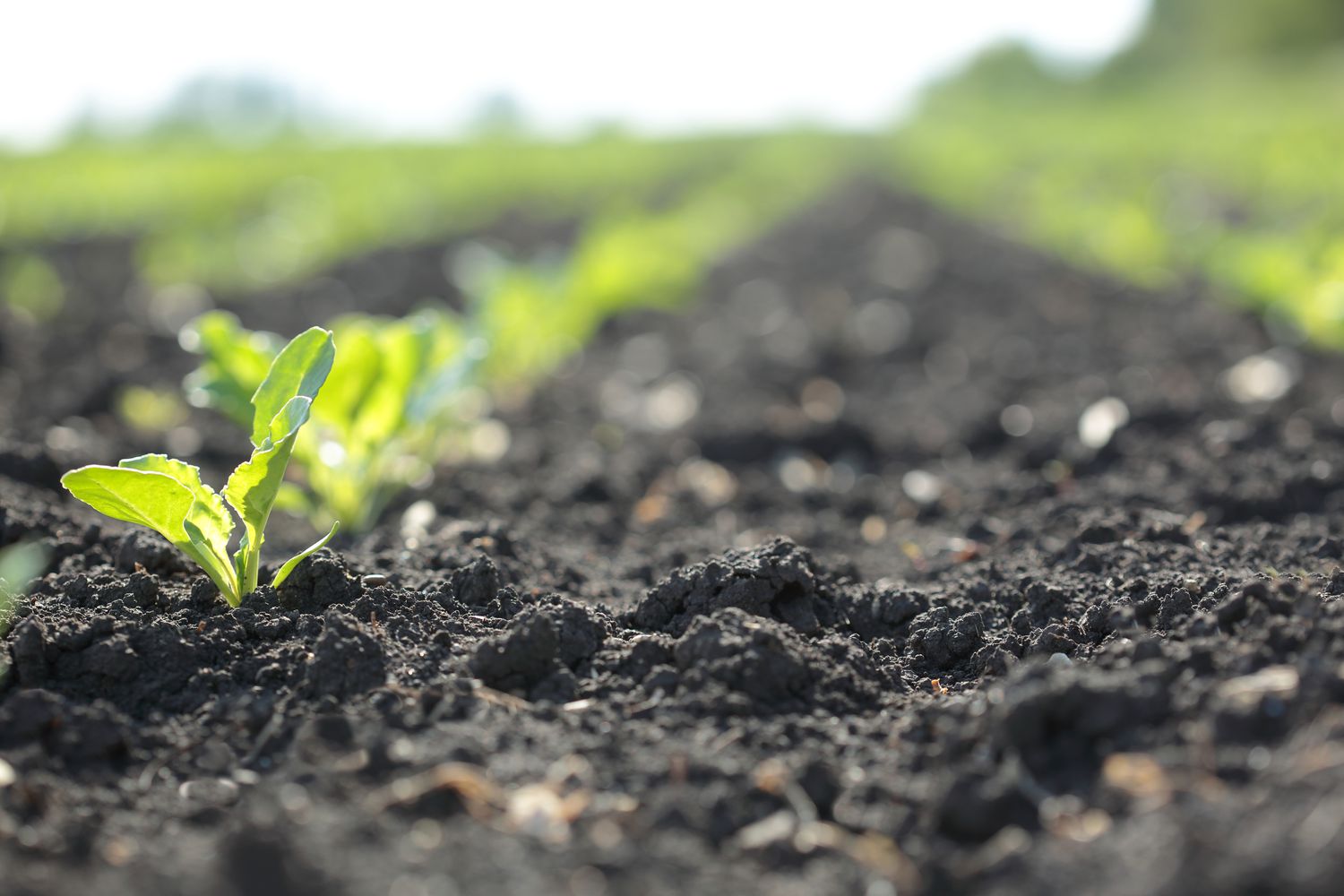

Garden Essentials
How Do Conservation Plowing And Crop Rotation Contribute To Soil Conservation?
Modified: March 16, 2024
Learn how conservation plowing and crop rotation techniques contribute to soil conservation in your garden. Implement these practices for healthier soil and plants.
(Many of the links in this article redirect to a specific reviewed product. Your purchase of these products through affiliate links helps to generate commission for Storables.com, at no extra cost. Learn more)
Introduction
Soil conservation is a crucial aspect of sustainable agriculture and plays a vital role in maintaining the health and fertility of our planet’s soils. With the growing threat of soil erosion and degradation due to intensive farming practices, it is essential to adopt techniques that promote soil conservation and protect the environment.
In this article, we will explore two key practices in soil conservation: conservation plowing and crop rotation. These practices aim to minimize soil erosion, enhance soil fertility, and promote overall sustainability in agriculture.
Conservation plowing is a technique that involves minimizing soil disturbance during farming operations. It focuses on reducing or eliminating the traditional practice of plowing the entire field before planting. Instead, conservation plowing aims to disturb only a small portion of the soil surface, leaving the majority undisturbed.
Crop rotation, on the other hand, is a method that involves alternating the types of crops grown in a specific field over time. It aims to break the cycle of pests and diseases, improve soil structure, and optimize nutrient availability.
By understanding the benefits and implementation of conservation plowing and crop rotation, we can work towards ensuring sustainable agricultural practices, healthy soils, and a greener future.
Key Takeaways:
- Conservation plowing minimizes soil disturbance, reduces erosion, and enhances soil fertility. It helps retain moisture, promotes organic matter buildup, and creates a healthier environment for soil organisms.
- Crop rotation diversifies crops, improves soil health, and reduces pest pressure. It optimizes nutrient cycling, enhances soil structure, and contributes to sustainable farming practices.
Read more: How Does Crop Rotation Prevent Soil Erosion
What is Conservation Plowing?
Conservation plowing, also known as minimum tillage or reduced tillage, is a farming technique that aims to minimize soil disturbance during cultivation. Traditionally, plowing involved turning over the entire field to prepare the soil for planting. However, this practice can lead to erosion, loss of organic matter, and disruption of soil structure.
Conservation plowing adopts various methods to reduce the negative impacts of conventional plowing. One common technique is called “no-till” or “zero-till” farming, where the soil is left undisturbed, and crops are planted directly into the residue of the previous crop or through small openings in the soil surface. This method helps to retain moisture, prevent erosion, and promote the preservation of soil structure and organic matter.
Another approach is “strip-tillage,” where only a narrow strip of soil is tilled, leaving the rest undisturbed. This method provides a compromise between conventional plowing and no-till farming, allowing for some soil aeration and weed control while still minimizing erosion and preserving soil structure.
Conservation plowing offers several benefits for soil conservation:
- Reduced Soil Erosion: By minimizing soil disturbance, conservation plowing helps prevent erosion caused by wind and water. The topsoil, containing essential nutrients and organic matter, remains intact and anchored, reducing the risk of runoff and soil loss.
- Increased Water Infiltration: Leaving the soil undisturbed promotes better water infiltration and retention. The presence of crop residues on the surface acts as a protective cover, reducing evaporation and improving soil moisture levels.
- Promotion of Soil Organic Matter: The incorporation of crop residues into the soil through conservation plowing contributes to the buildup of organic matter. Organic matter enhances soil fertility, improves soil structure, and increases nutrient and water-holding capacity.
- Enhanced Soil Quality: Conservation plowing helps create a favorable environment for soil organisms, including beneficial microbes and earthworms. The interaction between these organisms and the undisturbed soil contributes to better soil aggregation and nutrient cycling.
Overall, conservation plowing is an effective method for promoting soil conservation, reducing erosion, and maintaining soil fertility. By adopting this technique, farmers can minimize the negative environmental impacts of intensive plowing while ensuring sustainable agricultural practices.
Benefits of Conservation Plowing for Soil Conservation
Conservation plowing offers numerous benefits for soil conservation, making it a crucial practice in sustainable agriculture. By minimizing soil disturbance and preserving soil structure, this technique contributes to the overall health and fertility of the soil. Let’s explore the key benefits of conservation plowing:
- Reduces Soil Erosion: One of the significant advantages of conservation plowing is its ability to reduce soil erosion. Compared to conventional plowing, conservation plowing minimizes soil disturbance, thus preventing erosion caused by wind and water. By keeping the topsoil intact, conservation plowing helps retain nutrients, organic matter, and moisture in the soil, ensuring long-term soil health.
- Preserves Soil Moisture: When the soil is undisturbed, the presence of crop residues on the surface acts as a protective cover, reducing evaporation and enhancing water infiltration. This helps retain moisture in the soil, especially during dry periods, reducing the need for irrigation and ensuring that crops have access to adequate water for optimal growth.
- Promotes Soil Health: Conservation plowing contributes to improved soil health by preserving soil structure and encouraging the growth of beneficial soil organisms. By minimizing disturbance, it allows soil aggregates to remain intact and promotes the activity of earthworms, microbes, and beneficial fungi. These organisms play a vital role in nutrient cycling, organic matter decomposition, and soil structure formation, leading to healthier and more productive soils.
- Enhances Nutrient Cycling: With conservation plowing, crop residues are left on the soil surface or incorporated into the soil. These residues act as a source of organic matter that nourishes the soil and provides essential nutrients for plant growth. As organic matter decomposes, nutrients are released, improving soil fertility and nutrient availability to plants. This promotes sustainable nutrient cycling, reducing the need for synthetic fertilizers and minimizing nutrient runoff into water bodies.
- Reduces Energy Consumption: Conservation plowing requires less energy compared to conventional plowing since it involves minimal or no soil disturbance. By reducing the use of machinery and fuel, farmers can lower their carbon footprint and contribute to sustainable agricultural practices.
By adopting conservation plowing techniques, farmers can enjoy these benefits while contributing to the long-term health and sustainability of our soils. It is a win-win situation that promotes both soil and environmental conservation.
What is Crop Rotation?
Crop rotation is a farming practice that involves systematically changing the type of crops grown in a specific field over a sequence of growing seasons. Instead of planting the same crop year after year, different crops are rotated, following a planned schedule or rotation pattern.
The primary goal of crop rotation is to improve soil health, prevent the buildup of pests and diseases, and optimize nutrient availability. It is based on the principle that different crops have different nutrient requirements, growth habits, and effects on the soil. By alternating crops, farmers can break the cycle of pests and diseases while enhancing soil fertility and structure.
There are various crop rotation strategies, depending on the specific goals and conditions of the farm. Some common rotation patterns include:
- Traditional Rotation: This involves a simple rotation between two or three different crops, such as corn, soybeans, and wheat. Each crop is planted in successive years, with the aim of preventing disease buildup and nutrient depletion.
- Four-Field Rotation: This traditional rotation system adds a fourth crop, typically a cover crop or a legume such as clover or alfalfa. The cover crop helps prevent soil erosion, adds organic matter, and fixes nitrogen, benefiting the subsequent cash crops.
- Specialty Crop Rotation: In farms that grow a variety of high-value specialty crops, a rotation plan may be designed to meet specific market demands and crop diversification goals. This can include alternating between different fruits, vegetables, or herbs to minimize disease pressure and optimize soil nutrient cycling.
The benefits of crop rotation for soil conservation are multi-fold:
- Improved Soil Fertility: Different crops have varying nutrient requirements. By rotating crops, farmers can prevent the depletion of specific nutrients in the soil. For example, leguminous crops like beans and peas have the ability to fix atmospheric nitrogen into the soil, enriching it for the subsequent crops.
- Reduced Pest and Disease Pressure: Continuous cultivation of the same crop can favor the buildup of pests and diseases that target that particular crop. By rotating crops, pests and diseases are disrupted, and their populations are reduced. This decreases the need for chemical pesticides and promotes more sustainable pest management practices.
- Enhanced Soil Structure: Different crops have different root systems, some of which penetrate deeper into the soil while others are more fibrous. By alternating crops with different root structures, the soil is subjected to different forces, leading to better soil aggregation, improved drainage, and increased water-holding capacity.
- Improved Weed Control: Crop rotation can disrupt the life cycle of weeds, making it more difficult for specific weed species to establish and spread. Additionally, certain crops can suppress weed growth through allelopathic substances or competitive shading, reducing the need for herbicides.
Crop rotation is a valuable tool in sustainable agriculture, providing long-term benefits for soil conservation, disease management, and crop productivity. It allows farmers to diversify their crops, optimize nutrient cycling, and maintain the health of their soils, contributing to a more resilient and sustainable farming system.
Benefits of Crop Rotation for Soil Conservation
Crop rotation is a fundamental practice in sustainable agriculture that offers numerous benefits for soil conservation. By diversifying the types of crops grown in a field over time, farmers can improve soil health, reduce pest and disease pressure, and optimize nutrient availability. Let’s explore the key benefits of crop rotation for soil conservation:
- Improved Soil Fertility: Different crops have varying nutrient requirements. By rotating crops, farmers can prevent the depletion of specific nutrients in the soil. For example, leguminous crops like beans and peas have the ability to fix atmospheric nitrogen into the soil, enriching it for the subsequent crops. This helps ensure that essential nutrients are available for plant growth, promoting overall soil fertility.
- Reduced Pest and Disease Pressure: Continuous cultivation of the same crop can lead to the buildup of pests and diseases that specifically target that crop. By rotating crops, farmers disrupt the life cycle of these pests and diseases, reducing their populations. This minimizes the need for chemical pesticides and fosters more sustainable pest management practices.
- Enhanced Soil Structure: Different crops have different root systems, some of which penetrate deeper into the soil while others are more fibrous and shallow. By alternating crops with different root structures, the soil experiences varying forces, promoting improved soil aggregation and structure. This leads to better water infiltration, drainage, and overall soil resilience.
- Optimized Nutrient Cycling: Each crop contributes to the cycling of nutrients in different ways. For example, crops like corn tend to deplete certain nutrients from the soil, while leguminous crops fix nitrogen and add organic matter. By incorporating diverse crops into the rotation, farmers can optimize nutrient cycling, preventing nutrient imbalances and reducing the reliance on synthetic fertilizers.
- Improved Weed Control: Crop rotation can disrupt the life cycle of weeds, making it more challenging for specific weed species to establish and spread. Additionally, certain crops can suppress weed growth through allelopathic substances or by outcompeting them for resources. This reduces the need for herbicides, promoting more sustainable weed management practices.
- Conservation of Soil Moisture: Different crops have varying water requirements and root depths. By alternating crops with different water needs, farmers can manage soil moisture more effectively. For example, deep-rooted crops can access moisture from deeper soil layers, while shallow-rooted crops help conserve moisture in the upper layers. This is especially beneficial in areas prone to drought or with limited water resources.
Crop rotation is a powerful tool for soil conservation, offering a holistic approach to maintaining soil health and fertility. By adopting this practice, farmers can minimize soil degradation, improve nutrient cycling, reduce pests and diseases, and promote more sustainable agricultural systems. Crop rotation is a proven strategy that contributes to long-term soil conservation and sustainable farming practices.
Conservation plowing and crop rotation help prevent soil erosion and maintain soil fertility. By leaving crop residue on the soil and rotating different crops, these practices improve soil structure and reduce the need for chemical fertilizers.
Read more: How Does Crop Rotation Help Preserve Soil?
How Conservation Plowing and Crop Rotation Work Together for Soil Conservation
Conservation plowing and crop rotation are two complementary practices that, when used together, can have a synergistic effect on soil conservation. These practices work hand in hand to minimize soil erosion, preserve soil structure, optimize nutrient availability, and promote overall soil health. Let’s explore how conservation plowing and crop rotation work together for soil conservation:
Minimizing Soil Disturbance: Conservation plowing aims to reduce soil disturbance, while crop rotation helps prevent soil erosion by minimizing bare soil exposure. When crops are rotated, there is less need for intensive tillage, as different crops have different requirements for soil preparation. Crop residues left on the surface act as protective covers, reducing the impact of rainfall and wind on the soil. This combination of minimal soil disturbance and crop residue cover helps retain soil moisture, prevent erosion, and maintain overall soil health.
Pest and Disease Management: Crop rotation plays a crucial role in pest and disease management. Continuous cultivation of the same crop can lead to the buildup of pests and diseases that specifically target that crop. However, by rotating crops, pests and diseases are disrupted, making it more difficult for them to establish and spread. Conservation plowing complements this by reducing the habitat for pests and diseases. By leaving crop residues undisturbed on the soil surface, pests and pathogens are exposed to less favorable conditions, hindering their survival and reducing their impact.
Optimizing Nutrient Cycling: Conservation plowing helps improve nutrient cycling by retaining crop residues and organic matter in the soil. This contributes to the availability of nutrients for subsequent crops. When combined with crop rotation, the nutrient cycling process becomes even more efficient. Different crops have different nutrient requirements and capabilities. By rotating crops, farmers can strategically utilize crops that add specific nutrients to the soil. For example, leguminous crops fix atmospheric nitrogen, enriching the soil for the next crop in the rotation. This allows for a more balanced nutrient cycle, reducing the reliance on synthetic fertilizers and promoting sustainable soil fertility.
Improving Soil Structure: Both conservation plowing and crop rotation contribute to soil structure improvement. Conservation plowing minimizes soil compaction and promotes the growth of beneficial soil organisms like earthworms. This, in turn, enhances soil aggregation and porosity. Crop rotation complements this by promoting the growth of crops with varying root structures. Different root systems have different effects on soil structure, with some crops penetrating deeper into the soil and others having more fibrous root systems. Alternating crops with different root structures helps maintain and enhance overall soil structure, improving water infiltration, nutrient distribution, and root development.
By implementing conservation plowing and crop rotation together, farmers can create a holistic approach to soil conservation. These practices synergistically work to preserve soil health, reduce erosion, optimize nutrient availability, and promote sustainable agricultural systems. Their combined effect contributes to long-term soil conservation and supports the goal of achieving healthy, productive, and resilient soils.
Case Studies of Successful Soil Conservation Using Conservation Plowing and Crop Rotation
Several case studies showcase the effectiveness of conservation plowing and crop rotation in promoting soil conservation and sustainable farming practices. These success stories demonstrate the positive outcomes these techniques can have on soil health, erosion prevention, and overall agricultural productivity. Let’s explore a few noteworthy examples:
1. The Rothamsted Research Study: Rothamsted Research, one of the world’s oldest agricultural research institutions, conducted a long-term field trial to assess the impact of different cultivation methods on soil erosion. The study compared conventional plowing with conservation plowing (no-till) and found that the no-till plots had significantly reduced soil erosion rates compared to the plowed plots. This study demonstrates the effectiveness of conservation plowing in minimizing erosion and preserving soil structure.
2. The Sustainable Farming Systems Project: The Sustainable Farming Systems Project conducted by UC Davis in California aims to promote sustainable agriculture by integrating conservation practices, including crop rotation and conservation plowing. The project focuses on diversified cropping systems and reduced tillage practices to enhance soil health, reduce erosion, and improve overall farm sustainability. Through the implementation of crop rotations and reduced tillage, the project has shown improvements in soil quality, water management, and pest control while maintaining or increasing crop yields.
3. The Shropshire Crop Rotation Project: The Shropshire Crop Rotation Project in the United Kingdom focuses on assessing the benefits of diverse crop rotations in managing pests, improving soil health, and reducing the environmental impact of agriculture. The project aims to find sustainable alternatives to conventional monoculture cropping systems. Through the implementation of carefully designed crop rotations, the project has shown improvements in soil structure, enhanced nutrient cycling, and reduced reliance on pesticides. Additionally, farmer participation in the project has led to increased profitability and reduced chemical inputs.
4. The Iowa State University Study: A study conducted by Iowa State University examined the impact of different crop rotation systems on soil erosion and nutrient loss. The study compared a continuous corn system with a corn-soybean rotation and a four-year rotation involving corn, soybeans, oats, and alfalfa. The results showed that the four-year rotation reduced soil erosion by 89% compared to the continuous corn system. Furthermore, the four-year rotation had lower nutrient losses, indicating improved soil conservation and nutrient management.
These case studies powerfully demonstrate the positive outcomes of implementing conservation plowing and crop rotation in various agricultural contexts. They highlight the potential of these practices to improve soil health, reduce erosion, enhance nutrient cycling, and create more sustainable farming systems. By adopting these techniques, farmers can contribute to long-term soil conservation and build a more resilient and productive agricultural landscape.
Challenges and Limitations of Implementing Conservation Plowing and Crop Rotation
While conservation plowing and crop rotation offer significant benefits for soil conservation, there are also challenges and limitations associated with their implementation. It is important to be aware of these factors to effectively adopt and address them. Let’s explore some of the challenges and limitations:
Adoption Barriers: One of the main challenges is the resistance to change from conventional tillage practices. Implementing conservation plowing and crop rotation may require investment in specialized equipment and changes in farming systems. Farmers may also face reluctance due to concerns about possible yield reductions or the adjustment period required to adapt to new techniques.
Knowledge and Education: The successful implementation of conservation plowing and crop rotation can be reliant on farmers’ understanding of their benefits and proper implementation techniques. Without the necessary knowledge, farmers may struggle to implement these practices effectively, potentially leading to suboptimal results.
Market Demand and Crop Rotations: In regions with limited market demand for diverse crops, implementing crop rotation can be challenging. Farmers may face difficulties in finding buyers for different crops or may not have access to suitable markets. This can hinder the implementation of crop rotation systems that rely on diverse crop choices.
Pest and Disease Management: While crop rotation helps reduce pest and disease pressure, it may not entirely eliminate the risk. Some pests and diseases have a broad host range and can affect multiple crops in a rotation. Additionally, certain crops may still attract specific pests and diseases, necessitating the use of integrated pest management strategies alongside crop rotation.
Management and Planning: Implementing both conservation plowing and crop rotation requires careful management and planning. Farmers need to develop rotation schedules, consider the specific requirements and timing of different crops, and monitor field conditions to ensure successful implementation. This may require additional time and effort, especially during the initial transition phase.
Site-Specific Practices: Different regions, climates, and soils may require site-specific adjustments to make conservation plowing and crop rotation work effectively. The selection of appropriate crops, rotation patterns, and establishment techniques must be tailored to local conditions and farm requirements.
Despite these challenges and limitations, it is important to recognize that conservation plowing and crop rotation have proven to be valuable practices for soil conservation. With proper planning, education, and support, farmers can overcome these challenges and effectively implement these practices to achieve long-term soil health and sustainability.
Conclusion
Conservation plowing and crop rotation are two vital practices in soil conservation and sustainable agriculture. These techniques work together synergistically, providing a holistic approach to preserve soil health, minimize erosion, optimize nutrient cycling, and enhance overall agricultural sustainability.
Conservation plowing, whether through no-till or strip-tillage methods, reduces soil disturbance, prevents erosion, and promotes the preservation of soil structure and organic matter. It offers benefits such as reduced soil erosion, increased water infiltration, promotion of soil organic matter, and improved soil quality. By minimizing soil disturbance, conservation plowing provides a solid foundation for successful soil conservation practices.
Crop rotation complements conservation plowing by diversifying the types of crops grown in a field over time. It enhances soil fertility, reduces pest and disease pressure, improves soil structure, and optimizes nutrient cycling. Crop rotation allows for the strategic use of crops that provide specific benefits, such as nitrogen fixation or weed suppression, while disrupting the life cycles of pests and diseases that target specific crops.
Together, conservation plowing and crop rotation contribute to long-term soil conservation and sustainable farming practices. They help preserve soil health, reduce erosion, enhance nutrient availability, improve water retention, and promote resilience in farming systems. By adopting these practices, farmers not only protect the environment and ensure the productivity of their land but also contribute to a more sustainable and resilient agricultural future.
However, it is important to acknowledge the challenges and limitations associated with the implementation of conservation plowing and crop rotation. Resistance to change, lack of knowledge, market demand constraints, and pest management issues can pose hurdles. Nonetheless, with education, support, and careful planning, these challenges can be overcome, allowing farmers to fully leverage the benefits of these practices.
In conclusion, conservation plowing and crop rotation are powerful tools in our quest for sustainable agriculture and soil conservation. By adopting these practices and tailoring them to local conditions, farmers can help protect and preserve one of our most precious resources: the soil. Their implementation not only benefits farmers and their fields but also contributes to a healthier environment and a more sustainable future for generations to come.
Read more: How Does Crop Rotation Help Soil Fertility
References
1. Cavigelli, M. A., Wortman, S. E., Pearce, B. D., Hergert, G. W., Farenhorst, A., & Nowatzki, J. (2018). Crop rotation and tillage effects on soil health indicators in the central Great Plains. Agronomy Journal, 110(1), 225-238.
2. Kibblewhite, M. G., et al. (2008). Delivery of soil functions and ecosystem services: fungal and earthworm diversity in dynamic land use systems. European Journal of Soil Science, 59(4), 593-604.
3. Lal, R. (2008). Crop residues as soil amendments and feedstocks for biofuel production. Food and Energy Security, 7(1), 81-93.
4. Munkholm, L. J., et al. (2012). Potential synergies between conservation tillage systems and cover crop mulches in maize: A review. Agronomy for Sustainable Development, 32(2), 501-520.
5. Osborne, S. L., et al. (2018). Understanding farmer perspectives on soil health and management: Results from a national agricultural survey. Land Degradation & Development, 29(8), 2606-2619.
6. Roldán-Fajardo, G., Paradelo, M., & Paz-Ferreiro, J. (2019). Soil tillage and management affects soil chemical properties and earthworm population and biomass under sub-humid climatic conditions. Applied Soil Ecology, 139, 99-106.
7. Sidiras, N., & Siomos, A. S. (2007). Soil tillage effects on soil organic carbon content and soil physical properties under the Mediterranean condi- tions of central Greece. Soil and Tillage Research, 95(1-2), 43-57.
8. Smith, V., et al. (2015). Managing soil nitrogen and phosphorus for sustainable crop production. Soil Science Society of America Journal, 79(1), 1-10.
9. Vandermeer, J., et al. (1989). Biodiversity and agriculture: managing the effects of soil biota on plants and pests. Ecology, 70(1), 137-142.
10. West, T. O., & Post, W. M. (2002). Soil organic carbon sequestration rates by tillage and crop rotation: A global data analysis. Soil Science Society of America Journal, 66(6), 1930-1946.
Frequently Asked Questions about How Do Conservation Plowing And Crop Rotation Contribute To Soil Conservation?
Was this page helpful?
At Storables.com, we guarantee accurate and reliable information. Our content, validated by Expert Board Contributors, is crafted following stringent Editorial Policies. We're committed to providing you with well-researched, expert-backed insights for all your informational needs.
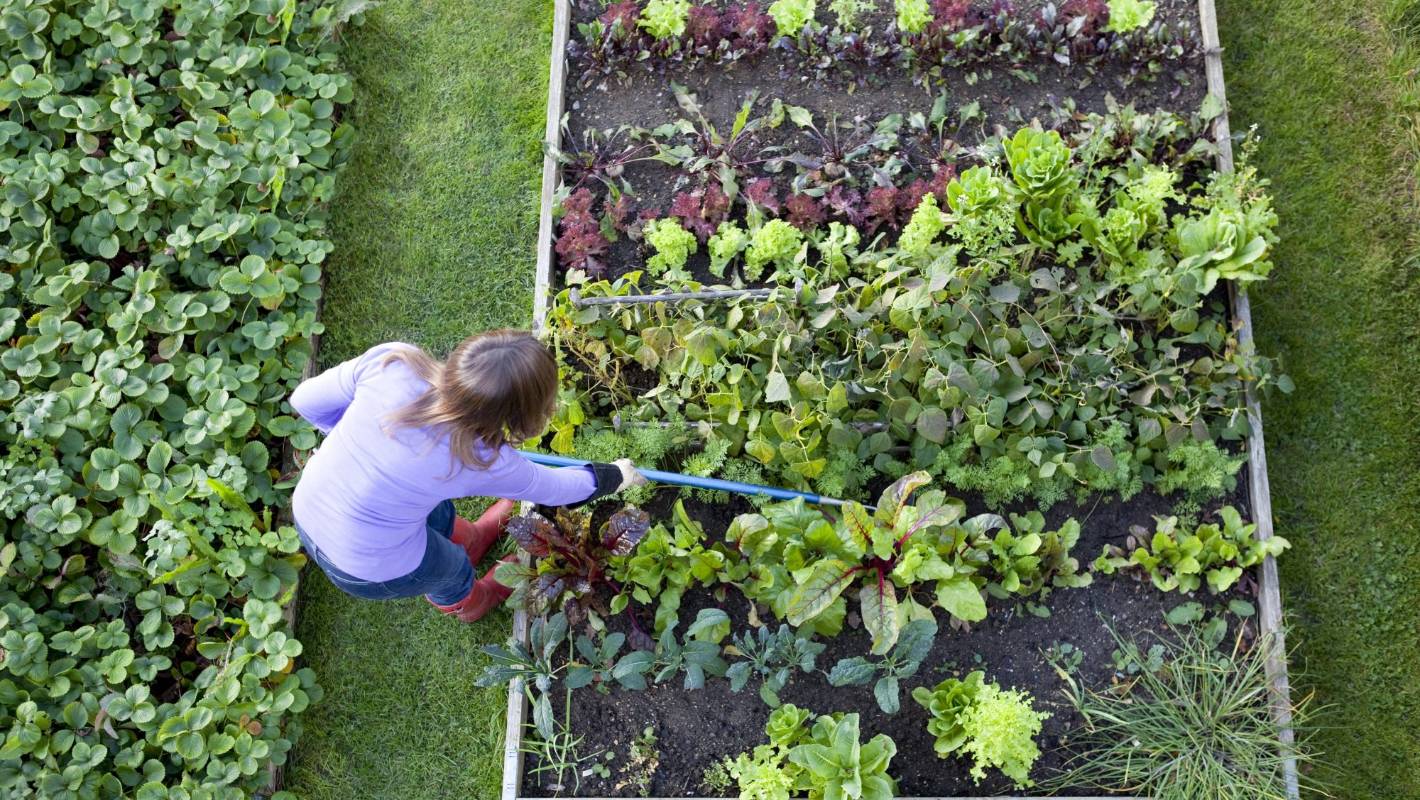
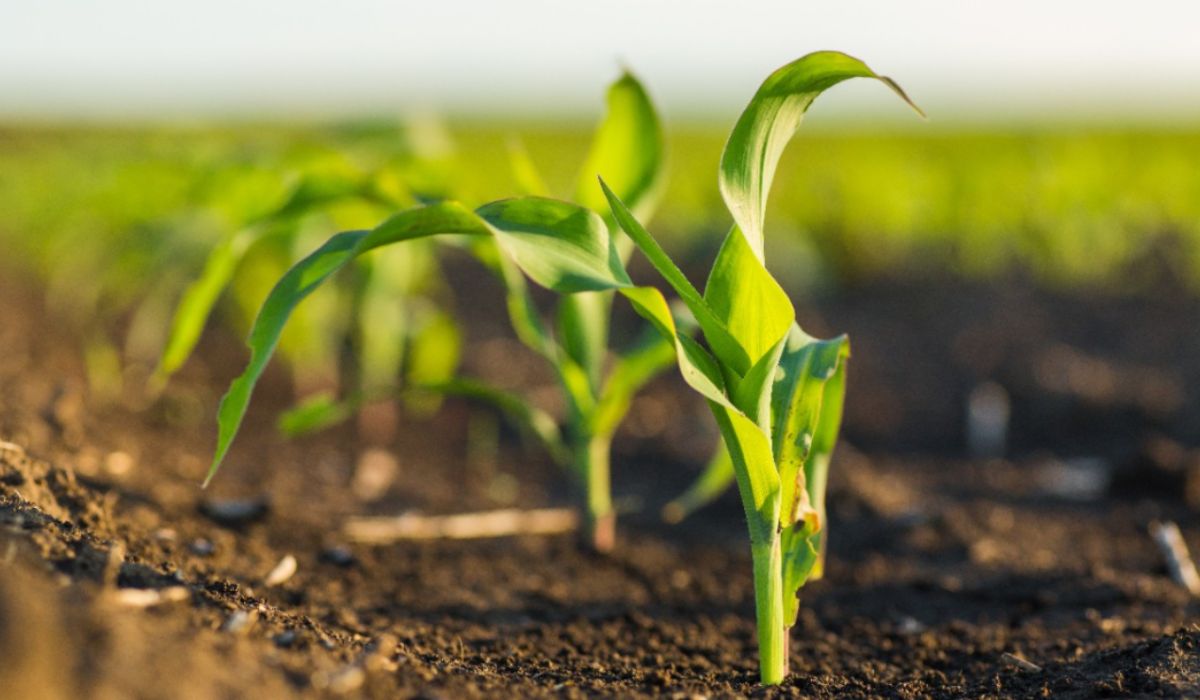
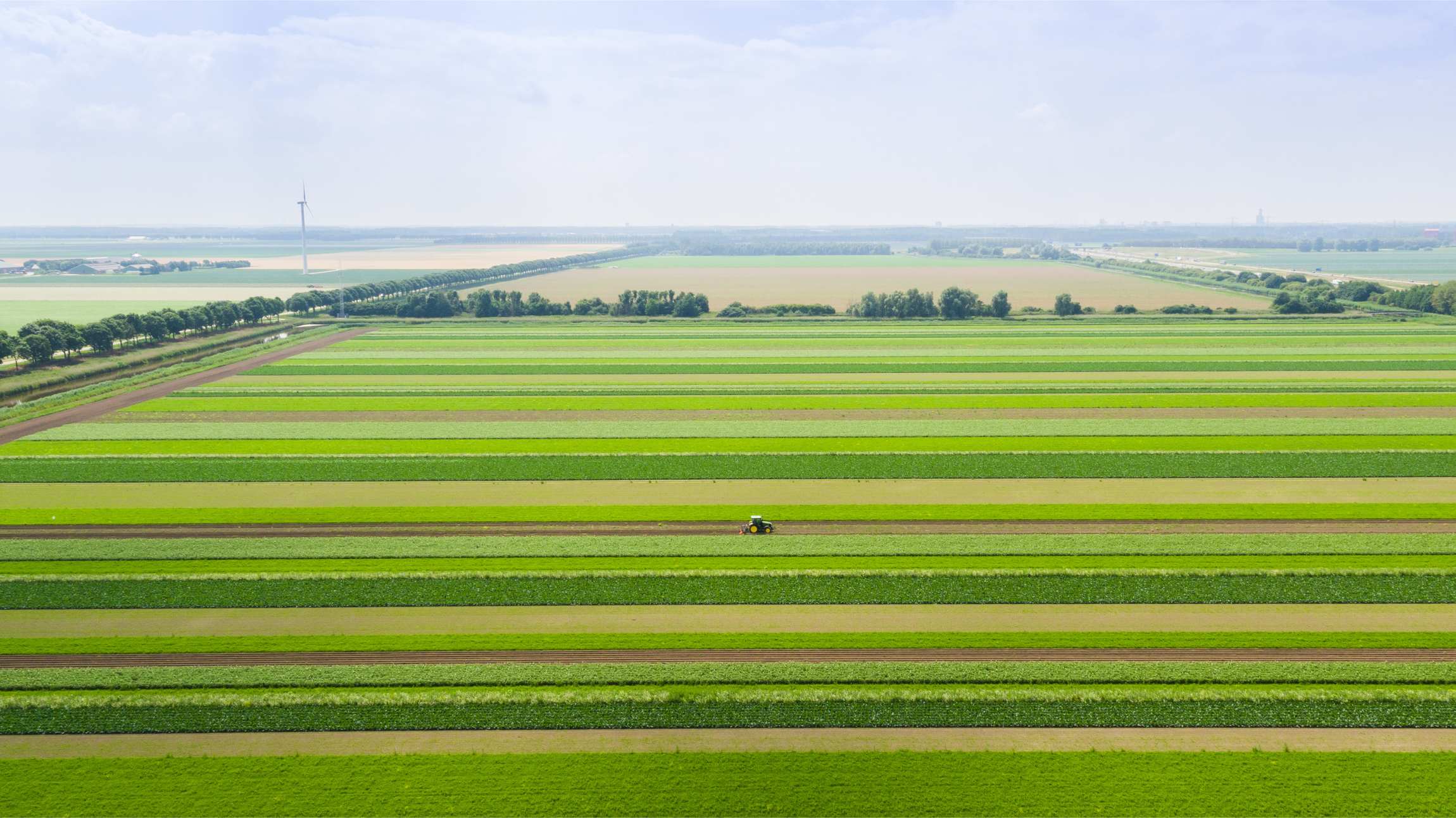
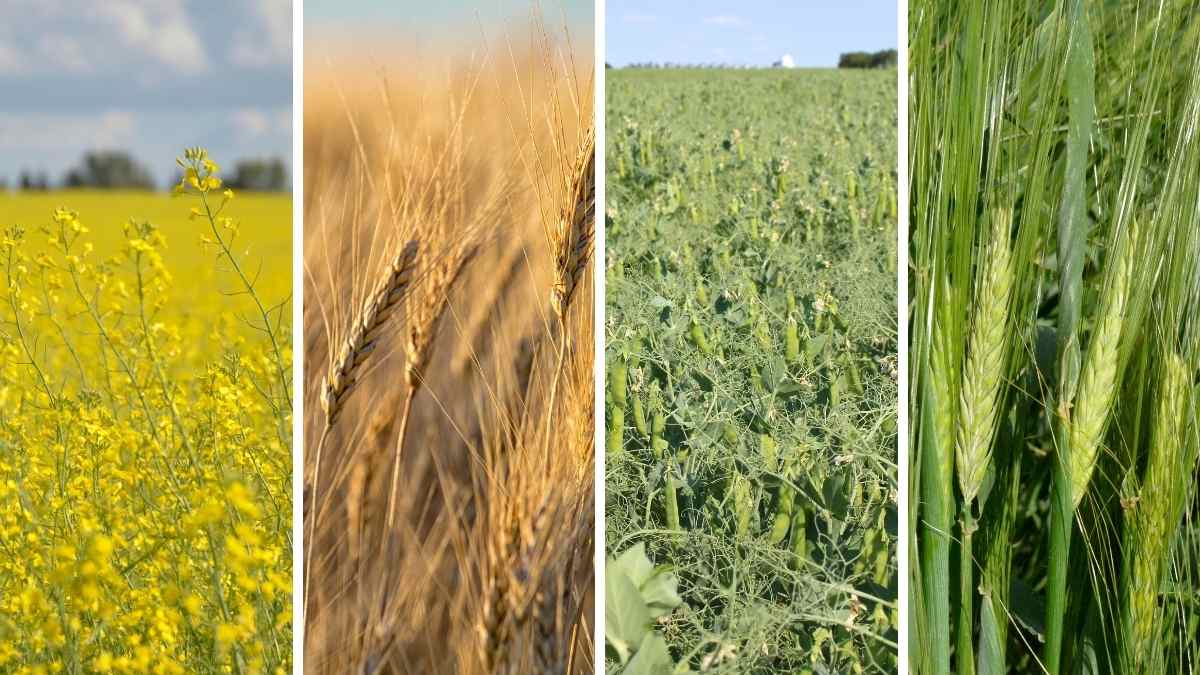
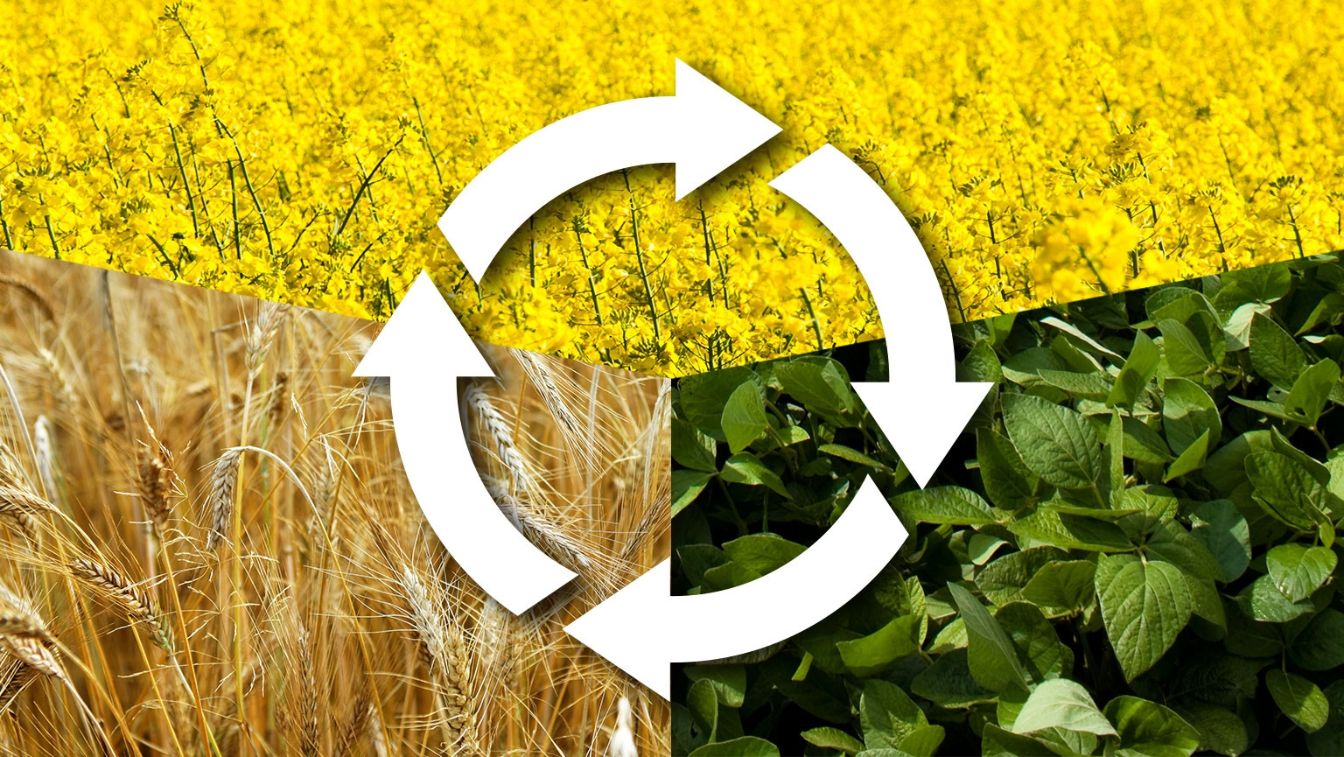
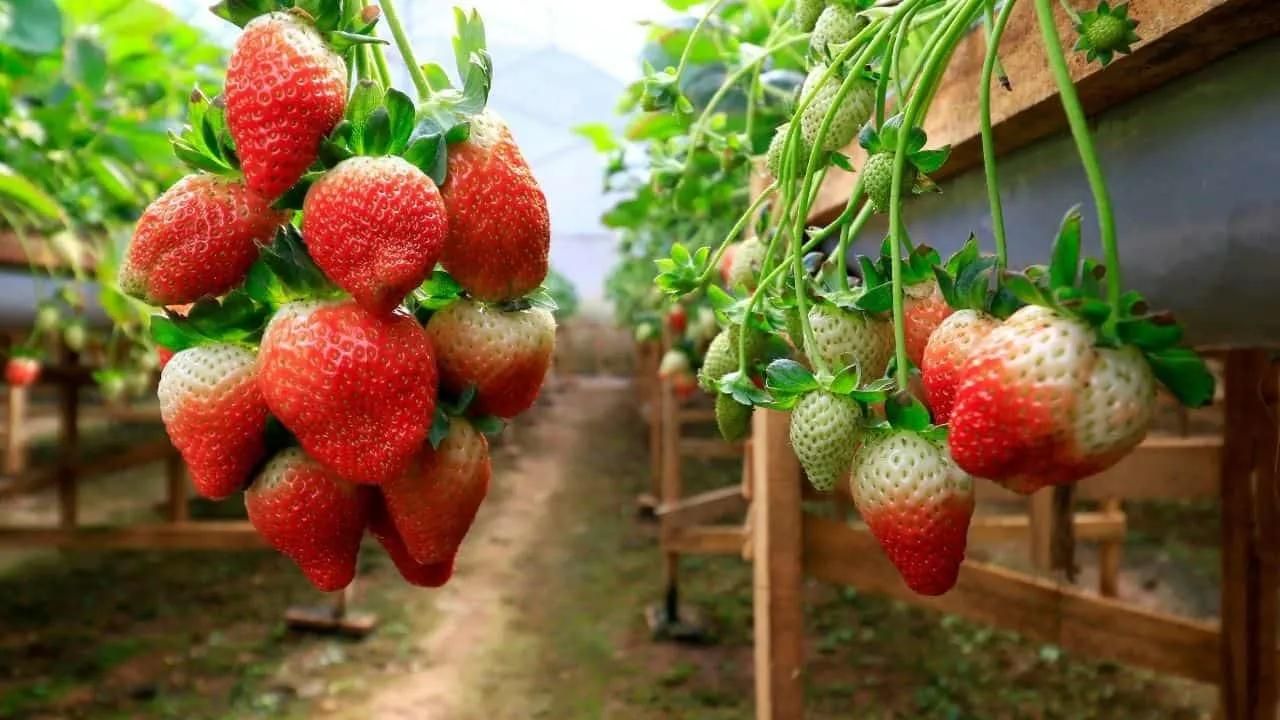
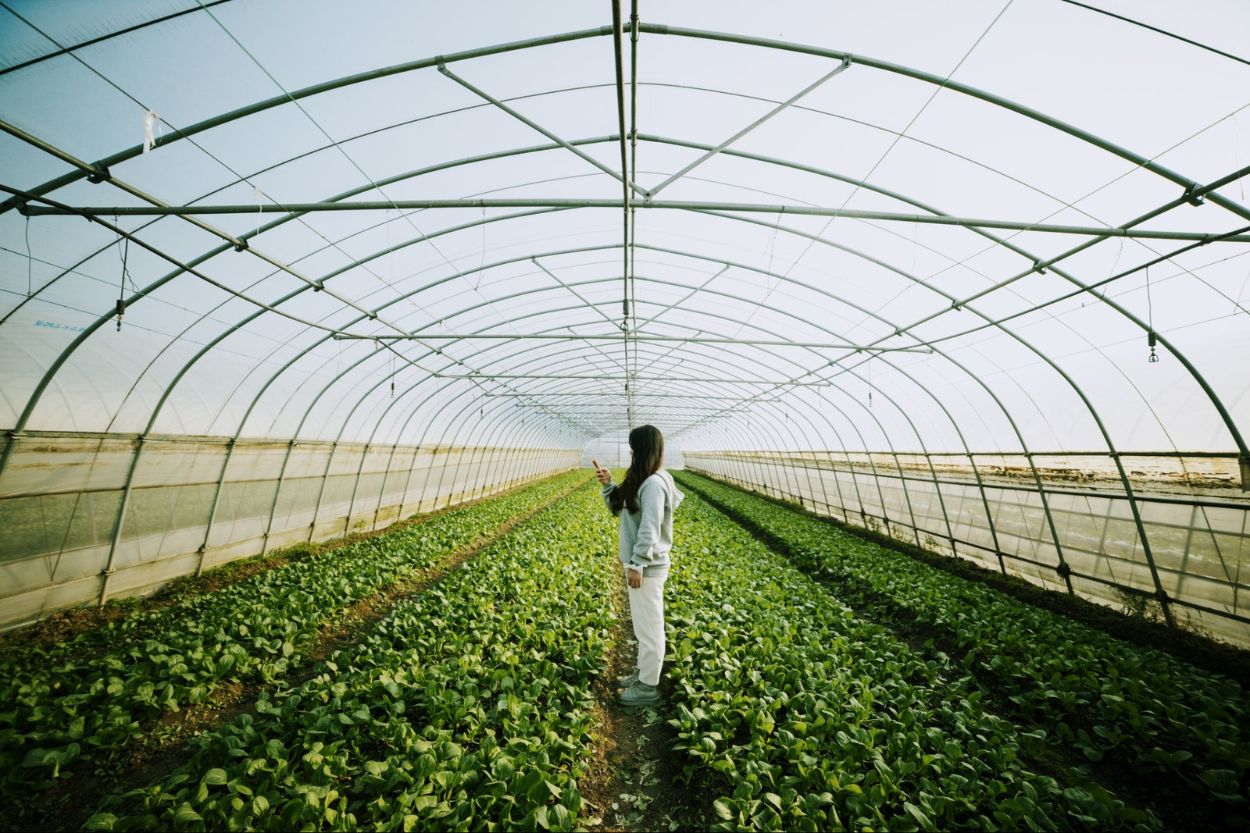
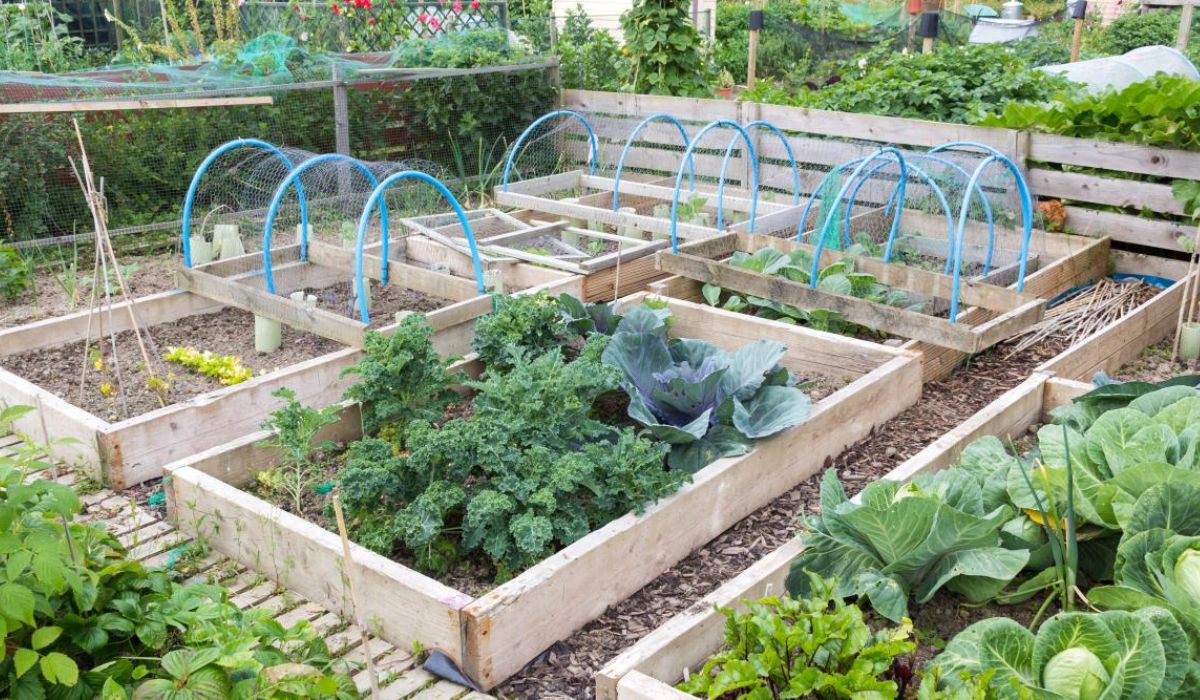
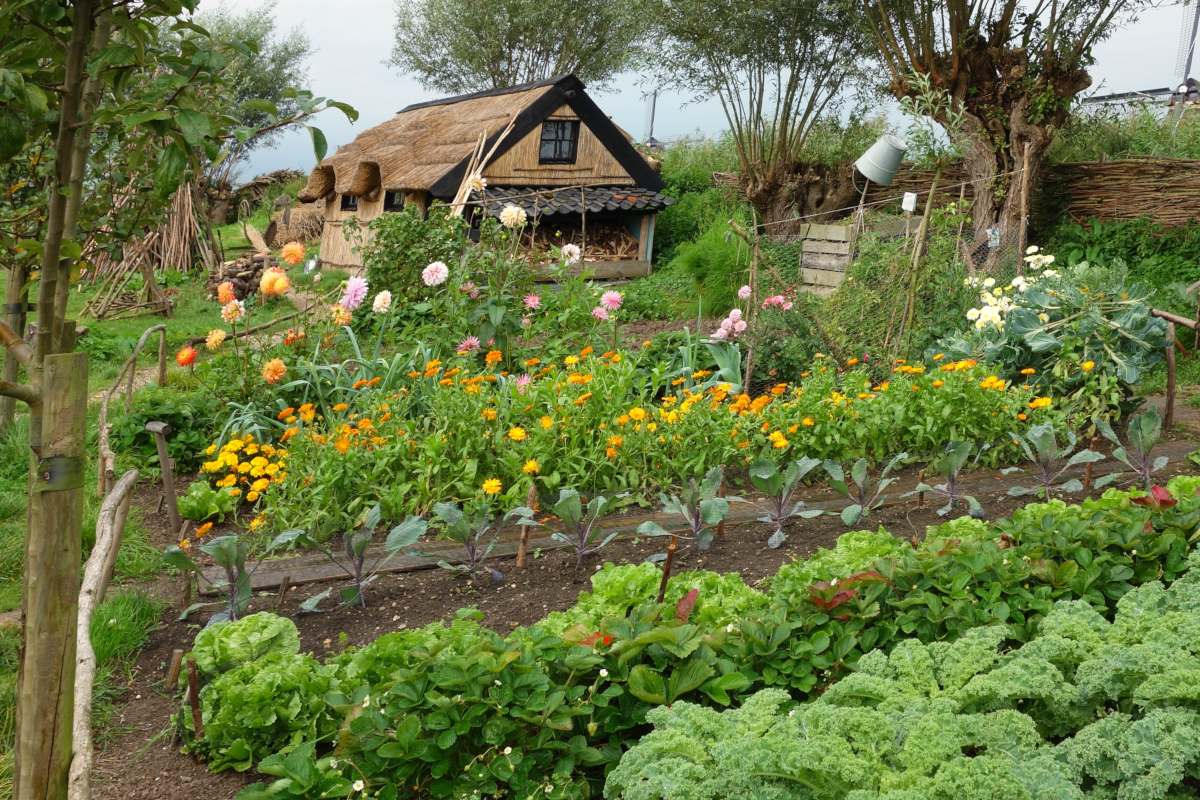


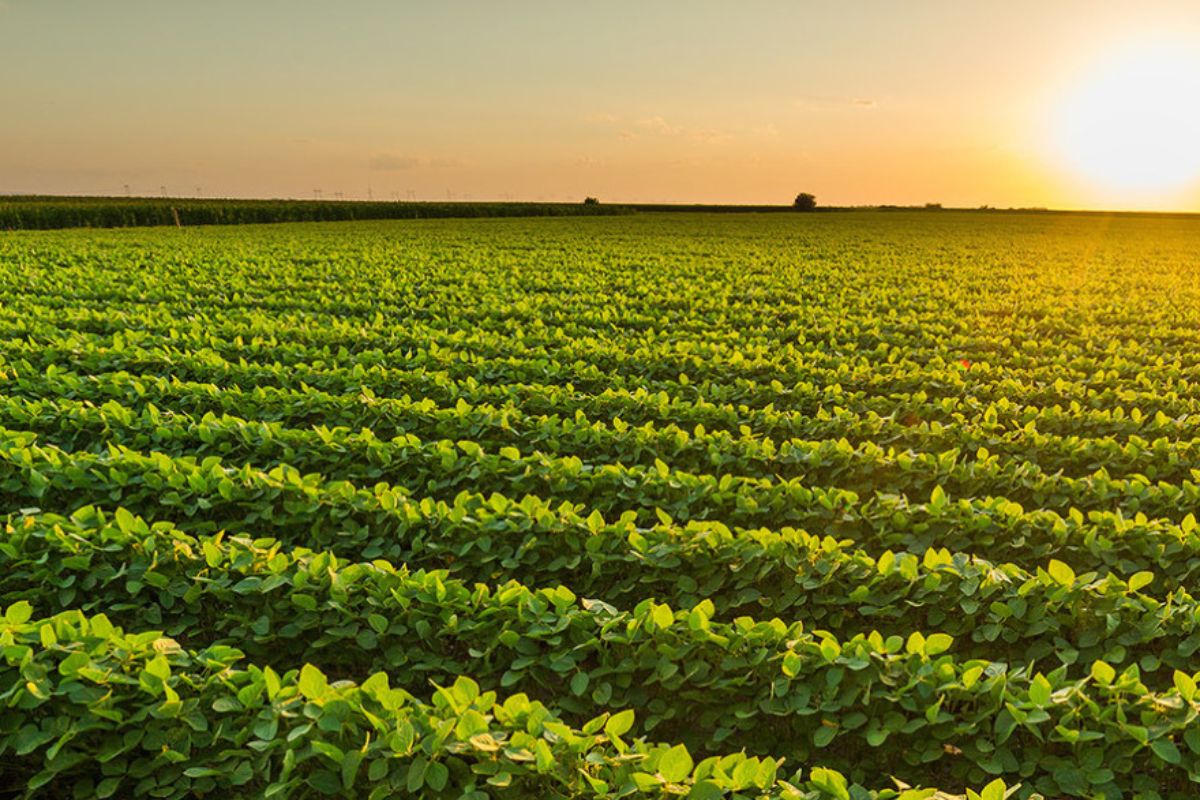
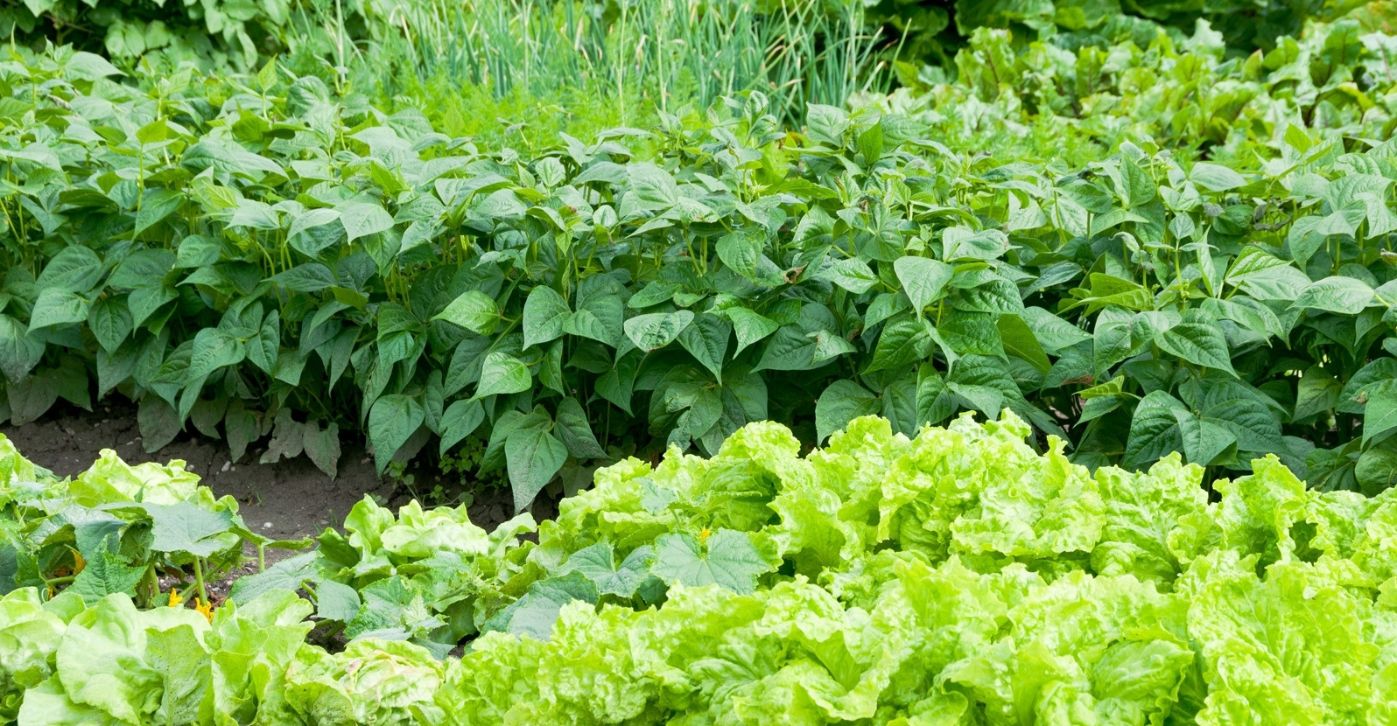

0 thoughts on “How Do Conservation Plowing And Crop Rotation Contribute To Soil Conservation?”